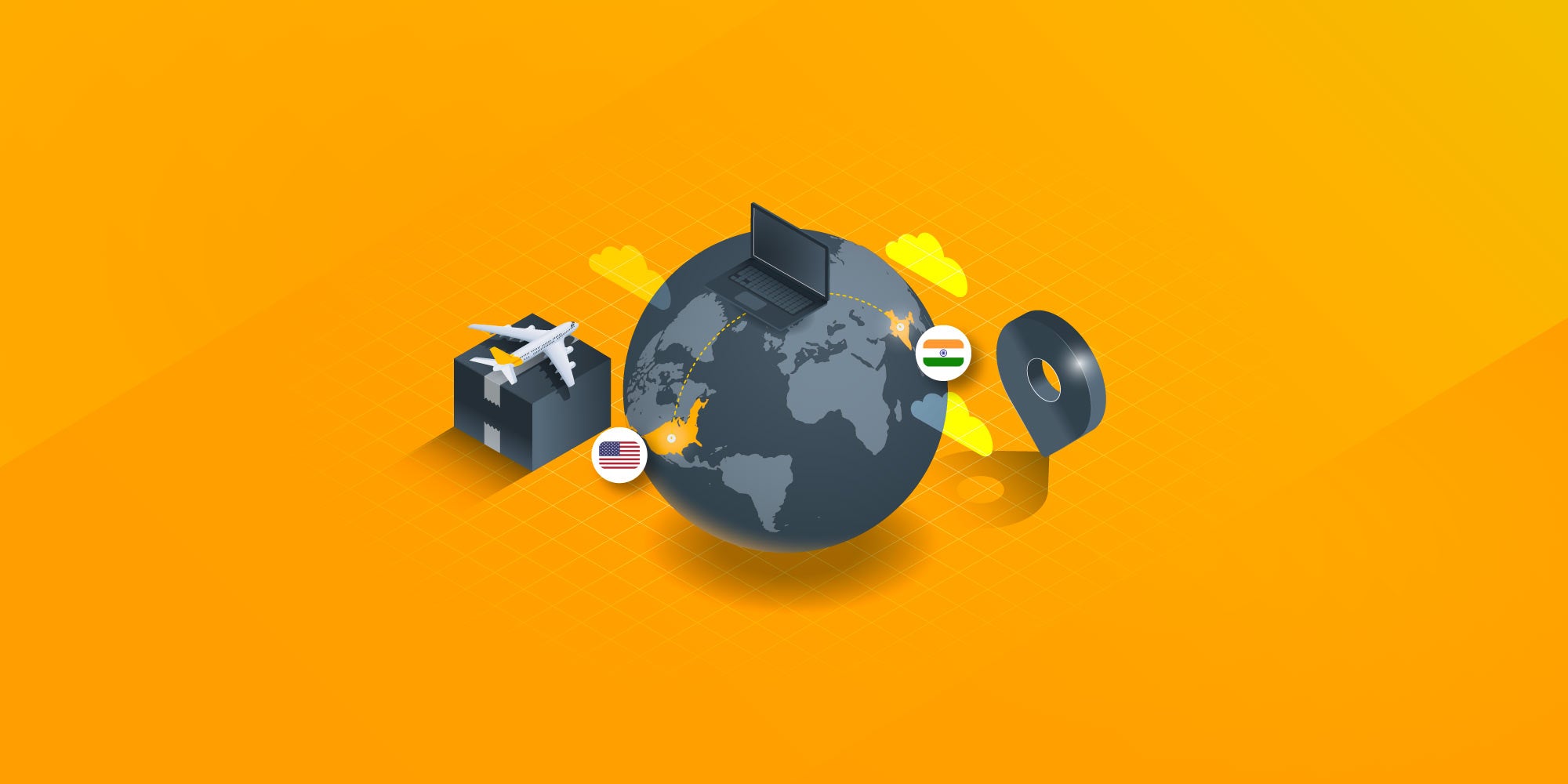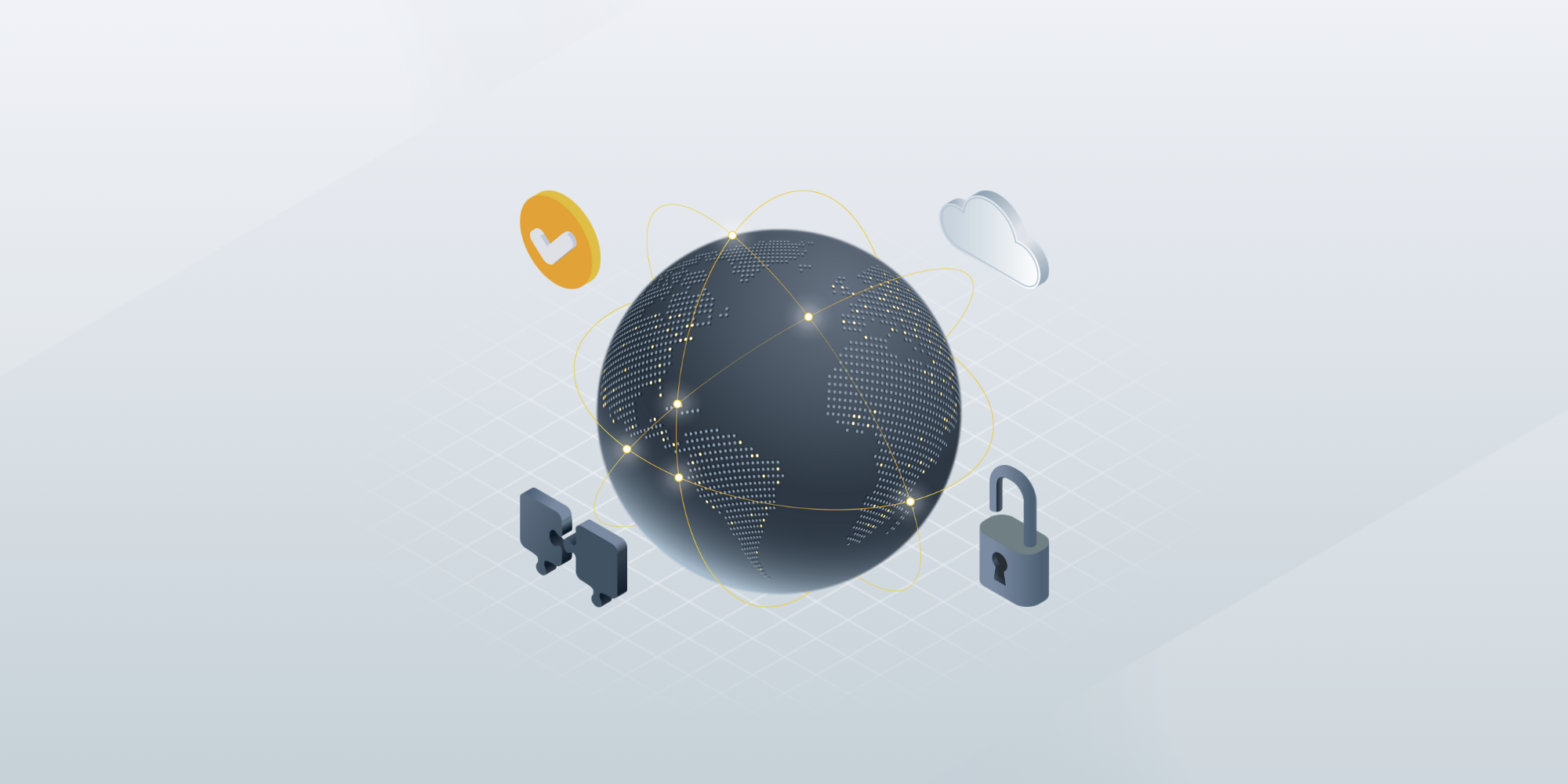What is IT Risk Management - Process, step by step guide
 Mara Quintanilla
Mara Quintanilla
As today’s tech landscape keeps rapidly evolving, understanding IT risk management is vital for organizations across industries. Since IT is now a central part of all business processes, it has become a critical aspect of enterprise risk management.
IT risk management focuses on identifying, assessing, and mitigating the risks associated with information technology systems and processes. Companies that wish to keep their competitive advantage must protect their digital assets and understand the importance of minimizing IT-related threats.
Business leaders are essential in fostering and promoting a healthy risk culture inside their teams. Implementing a practical risk-management approach has become a fundamental business need.
Let’s dive into how establishing this IT risk management system can help firms avoid risks like cyber breaches and construct effective methods to tackle them. With these principles in mind, companies can keep vulnerabilities to a minimum and maximize opportunities for growth and innovation.
What is Information Technology Risk?
When it comes to technology infrastructure, businesses are always at risk of interruptions or impairments caused by malicious attacks, systems breakdowns, or other unforeseen events.
In the distributed world, where companies rely heavily on tech for all operations and workflows, understanding cybersecurity in remote work has become even more critical.
IT risk can be broken down into two main categories: physical risks and logical risks.
- Physical risks are those associated with hardware, such as server downtime due to power outages or theft of data storage devices.
- Logical risks refer to software-related problems such as malware infections or unauthorized access to sensitive information online.
No matter the IT risk you may face, it's imperative to grasp its repercussions on your business operations and customer service. For example, if a hacker were to gain unauthorized access to confidential customer data stored on your servers, this could result in costly legal fees stemming from lawsuits brought forth by customers whose private information was breached.
Additionally, there is likely reputational damage which leads customers to turn away from your products or services, resulting in missed revenue opportunities over time and decreased morale among employees who may feel let down by the company's security protocols.
Realizing IT systems' dangers is paramount to guaranteeing their secure and dependable functioning. Understanding IT risk management can help organizations better identify potential threats and develop mitigation strategies.
Understand IT Risk Management
Organizations need IT risk management for a simple reason: they must assess all elements that can potentially impair their operations.
IT risk management involves identifying, assessing, and mitigating risks related to an organization's information technology (IT) systems or processes. Risk evaluation and response planning are two of its necessary components because they allow you to know exactly how to act in case a breach occurs.
When assessing those IT risks, companies must consider factors like the availability of resources, system vulnerabilities, data security issues, user access rights, and compliance requirements. They must also consider external factors like shifts in tech or business climate that may impact their operations.
By taking proactive steps such as implementing preventive controls, creating contingency plans, conducting regular security audits, training employees on cyber security best practices, establishing appropriate access control policies, using encryption technologies, and maintaining up-to-date antivirus software, organizations can significantly cut down their vulnerability to cyber threats. Monitoring networks regularly for suspicious activity is also crucial in keeping one step ahead of potential breaches.
Organizations should also ensure they comply with relevant laws and regulations governing information privacy protection, equipment, data storage & retention standards, and other areas where noncompliance can result in hefty fines.
For example, GDPR requires companies operating in Europe to adhere to strict guidelines when handling customers' personal data, while HIPAA imposes similar rules regarding patient records in the healthcare sector. Failure to comply with either can lead to costly penalties, so being aware of all applicable regulations is vital to developing an effective risk mitigation strategy.
A robust incident response plan is essential to a successful IT risk management program since it will efficiently handle unexpected events like cyberattacks without compromising the company's reputation & bottom-line profitability.
The plan should include clear roles & responsibilities assigned to each team member during emergencies, along with detailed procedures outlining steps taken to investigate root causes and determine the appropriate action to restore normalcy quickly and safely.
Understanding the basics behind IT risk management is critical to safeguard against threats ranging from malicious actors attempting to steal confidential data. Consequently, all organizations must take the time to establish a comprehensive plan that covers all of the points noted above to remain secure and competitive within today's digital sphere.
Importance of IT Risk Management
IT risk management is essential to any successful business. It helps companies protect their investments, minimize losses, and maximize profits by preventing data breaches or other security issues.
It also provides a framework for understanding and responding to potential threats before they become serious problems. Without an IT risk management plan, firms may be exposed to cyber-attacks, data loss, system disruptions, financial losses from fraud or theft, and other risks connected with info tech systems.
A strong strategy helps organizations stay secure and guarantees that confidential information is kept safe from unauthorized access or misuse. It also saves costs, improving operational efficiency and reducing the chances of system outages or large-scale data loss events.
With these benefits in mind, it's clear why savvy organizations prioritize their investments in an IT risk management plan.
When employees are empowered to work securely and confidently without fear of attack or disruption due to robust security practices, organizations can expect a boost in productivity which translates directly into greater profitability.
By proactively identifying potential vulnerabilities in its network infrastructure and taking steps to reduce risk exposure, organizations can decrease their chances of facing lawsuits due to negligence. Besides, adhering to applicable regulations helps ensure compliance with laws that could result in hefty fines if not taken seriously.
A comprehensive IT risk management program is vital for any modern business because it keeps operations running smoothly.
Step-by-step IT Risk Management process
Companies must understand that IT risks can have serious financial or reputational consequences if not properly managed.
Here’s what organizations need to consider for a solid IT risk management process that can minimize threats and keep businesses operational.
Identify risks:
Initiating the risk management procedure requires recognizing potential dangers that could obstruct the organization's objectives.
To ensure comprehensive risk assessment, all facets of the organization must be considered, from operations to finance and customer service.
During this stage, it is essential to look at both internal and external risk sources, such as legislation changes or technological advances that could impact your operations.
Analyze risks:
Once you have identified potential risks, it's time to analyze them further so you can assess their likelihood of occurring and the potential impact on your business should they appear.
This includes gathering data about each risk, such as its probability of occurrence and severity if it does occur. You may also need to consider other factors, such as how likely it would be detected or how much control you have over mitigating the risk should it arise.
Evaluate risks:
After analyzing each risk, you will need to evaluate them against one another based on criteria such as cost versus benefit or importance versus urgency before deciding which ones are worth addressing first.
This helps prioritize resources by focusing on those threats that pose the greatest threat while still allowing some flexibility when needed for less severe but potentially damaging issues like reputation damage from a PR disaster.
Treat risks:
Once you've pinpointed which threats to prioritize, it's time to tackle them head-on by instituting control measures tailored for each risk identified during the analysis stage (for example, physical security systems to ward off theft; encryption tools for safeguarding data; firewall rules, etc.).
There are a plethora of alternatives that range from low-cost manual solutions such as antivirus programs to specialized services provided by third parties specializing in areas like penetration testing and beyond.
Monitor and review:
Once all relevant controls have been implemented, monitoring and reviews must occur regularly every six months, depending on specific circumstances like new regulations being introduced.
Monitoring helps ensure existing controls remain effective, while reviews allow teams responsible for managing IT risks to adjust when necessary based upon changing environmental conditions like new technologies being released or market shifts.
How GroWrk helps in IT Risk Management
Organizations can proactively protect their resources by utilizing the appropriate methods and guaranteeing that they abide by relevant regulations. With the right tools in place, businesses can be confident that their IT infrastructure is secure and up-to-date while still providing valuable insights into potential improvement or growth opportunities.
Through proper IT risk management practices, companies will have peace of mind knowing they are taking all necessary precautions to keep their data safe from malicious actors or security breaches.
GroWrk can help you secure your IT infrastructure by providing complete visibility over your IT assets. Our IT asset management solution can handle device imaging or MDM enrollment to ensure each device is set up with the appropriate credentials for each team member, allowing you to stay infosec compliant.
FAQs Concerning IT Risk Management
What is meant by IT risk management?
IT risk management recognizes, evaluates, and reduces potential hazards associated with IT components such as hardware, software, networks, systems, and data. It involves analyzing threats to these assets from internal and external sources to protect them from unauthorized access or damage.
This includes developing policies and procedures for secure storage and use of information technology resources; monitoring compliance with those policies; conducting security assessments; responding to incidents; providing user training on security topics; implementing technical controls like firewalls or antivirus programs; tracking changes in system configurations over time; regularly testing backup plans.
What is the role of IT in risk management?
IT is a critical factor in risk management, furnishing the technology framework and applications to detect, evaluate, monitor, and reduce dangers. It helps organizations understand their vulnerabilities and develop strategies to address them.
Having visibility into potential threats can help detect malicious activities or unauthorized access to sensitive data. With effective IT asset management practices, organizations are better equipped to manage risks proactively rather than reactively.
Is there IT risk management?
Yes, IT asset management platforms effectively manage and mitigate risks associated with globally distributed teams. The platform enables users to have IT asset visibility, which means that they can track the location of their assets in real-time and monitor changes or access attempts made by unauthorized personnel.
The platform furnishes automated notification mechanisms that alert system overseers when any irregular behavior is spotted, allowing for swift reactions and enhanced security from malevolent dangers.






